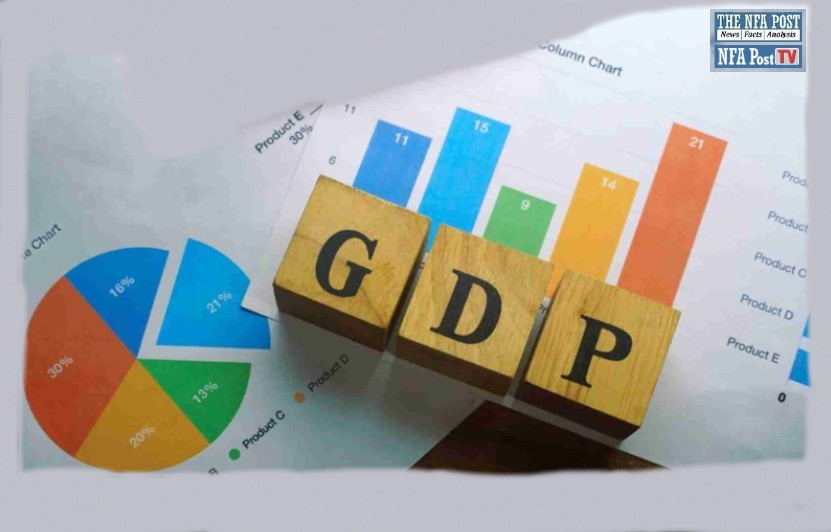Despite the government’s recent fiscal steps to counter inflation, Nomura believes, there are upside risks to inflation from the continued pass-through of higher input costs
New Delhi, NFAPost: Nomura has cut its 2023 forecast for economic growth in India, as measured by the gross domestic product (GDP), to 4.7 per cent from its earlier projection of 5.4 per cent amid recession fears and rising interest rates.
“Exports have started to struggle, while elevated imports are pushing up monthly trade deficits to record highs. Higher inflation, monetary policy tightening, dormant private capex growth, the power crunch and the global growth slowdown pose medium-term headwinds. Consequently, we lowered our 2023 GDP growth projection from 5.4 per cent to 4.7 per cent,” wrote Sonal Varma, chief economist for India and Asia ex-Japan at Nomura in a recent co-authored note with Aurodeep Nandi.
However, all is not lost. India’s economy, Nomura said, is racing above its pre-pandemic level, led by a sharp recovery in the services sector, and supported by the lagged effects of easy financial conditions, a public capex push and a rise in real bank credit growth. The improvement, it said, has been broad-based across consumption, investment, industry and the external sector.
Despite the government’s recent fiscal steps to counter inflation, Varma and Nandi believe, there are upside risks to inflation from the continued pass-through of higher input costs, services reopening pressures, pending electricity tariff revisions and elevated inflationary expectations. As a result, Nomura now expects headline inflation in India to average 6.9 per cent in 2022, and 5.9 per cent in 2023 (FY23: 7 per cent).
Meanwhile, the recent economic releases have not been too encouraging. India’s retail inflation rate – the CPI – came in at 7.01 per cent versus 7.04 per cent in May. This is the sixth consecutive month that the CPI inflation has remained above the Reserve Bank of India’s (RBI’s) comfort zone of 2 – 6 per cent. The Index of Industrial Production (IIP), however, grew at a faster clip of 19.6 per cent in May, as compared to 6.7 per cent in April, data showed.
June CPI inflation numbers, according to experts at Morgan Stanley, were in line with expectation and believe that the peak of inflation is over (April CPI at 7.8 per cent).
“With sharp deceleration in commodity prices and trend in high-frequency food prices showing a continued moderation, we expect July CPI inflation to track below 7 per cent (at around 6.7 per cent YoY). As such, we see downside risks to our current CPI inflation estimate of 7 per cent for F23,” wrote Upasana Chachra, chief India economist at Morgan Stanley in a coauthored note with Bani Gambhir.
As regards interest rates, experts do see the RBI continue its rate hiking cycle till the inflation is tamed. Given still-negative real policy rates and near-term demand support from reopening, those at Nomura expect 35 bps rate hike by the RBI in its August policy meeting and follow it up with 25 bps hike each in October, December, February and April policy reviews, but have lowered their terminal repo rate to 6 per cent from 6.25 per cent in light of the downside risks to growth.
Compose:





